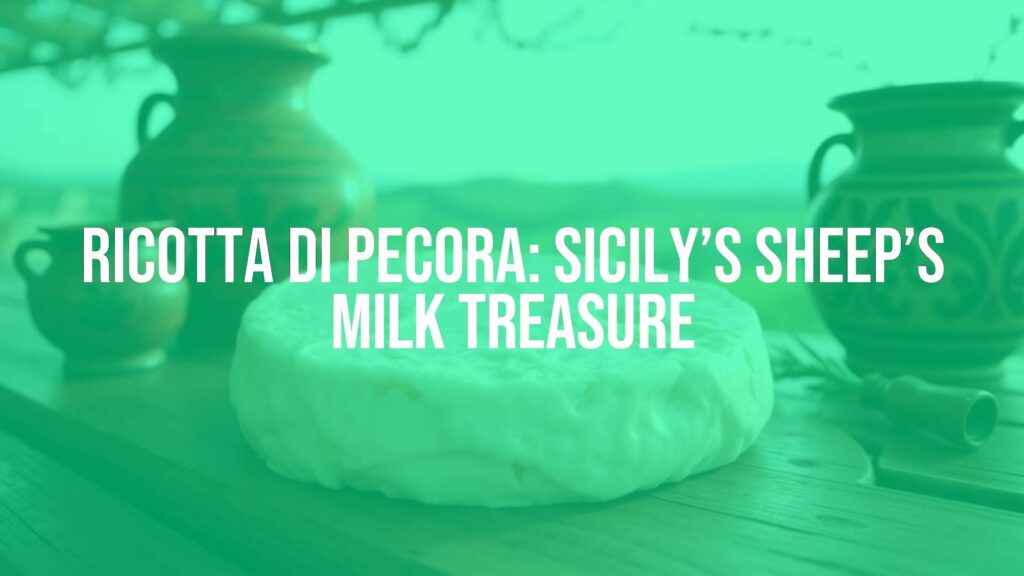Overview of Ricotta di Pecora
Ricotta di Pecora, also known as sheep’s milk ricotta, is an esteemed fresh cheese hailing from Sicily and revered across southern Italy. Unlike its cow’s milk counterpart, Ricotta di Pecora stands out for its lush, creamy texture and pronounced sweet-milk flavor, which makes it both a staple ingredient in traditional Sicilian cuisine and a delight on its own. This cheese is made from the whey left over after sheep’s milk cheese production, such as pecorino, resulting in a product that is delicately balanced between sweet, savory, and slightly herbal notes.
Sicilian Heritage and Historical Significance
The origins of Ricotta di Pecora trace back centuries, deeply woven into the pastoral traditions of Sicily. Shepherds developed the process as a way to utilize every aspect of their flock’s milk, emblematic of the region’s ingenuity and respect for local resources. In Sicily, sheep farming has long been central to rural life, and the making of ricotta from sheep’s milk is seen as both a practical and cultural expression. Its use in festive pastries and everyday meals underscores its crucial role in Sicilian diet and celebrations.
Production and Unique Methods
Unlike most cheeses, Ricotta di Pecora is not curdled directly from milk, but from the whey remaining after the production of other cheeses. This whey, rich in proteins and nutrients, is gently reheated—hence the name ‘ricotta,’ meaning ‘recooked’ in Italian—and as it nears boiling, fluffy white curds rise to the surface. These are skimmed off and drained, producing a light yet luscious cheese. The sheep’s milk imparts a sweetness and aromatic depth seldom found in ricottas made from cow’s milk.
Culinary Uses and Pairings
This Sicilian ricotta shines in a variety of culinary contexts. Used fresh, it is a classic filling for world-famous desserts like cannoli and cassata, where its creamy texture and sweet flavors perfectly complement candied fruits and chocolate. Ricotta di Pecora also finds its way into savory dishes, enriching pasta, pies, and Sicilian stuffed vegetables. It is exceptional when enjoyed simply, spread over crusty bread with a drizzle of honey or extra virgin olive oil.
Traditional Enjoyment and Serving Tips
Locals often savor Ricotta di Pecora just hours after production, when its flavor is most pronounced and its consistency at its finest. For special breakfasts, a bowl of warm, freshly made ricotta sprinkled with sugar or cinnamon offers a uniquely Sicilian treat. When serving, allow the cheese to come to room temperature to best appreciate its rich aroma and delicate sweetness. Due to its perishability, Ricotta di Pecora is rarely aged, but a lightly salted version—known as ricotta salata—can be found, which is firmer and suitable for grating over classic Sicilian pasta dishes.
Cultural Importance in Sicily
Ricotta di Pecora is more than just a cheese in Sicily; it is a symbol of regional pride and rural tradition. Its presence is felt in every layer of local gastronomy, from everyday meals to elaborate confections served during festivities. It exemplifies Sicily’s ability to transform humble, local ingredients into foods of extraordinary flavor and versatility, strengthening the bond between community, landscape, and palate.

